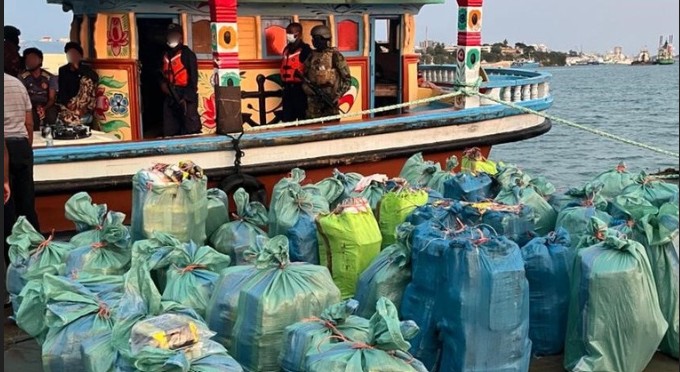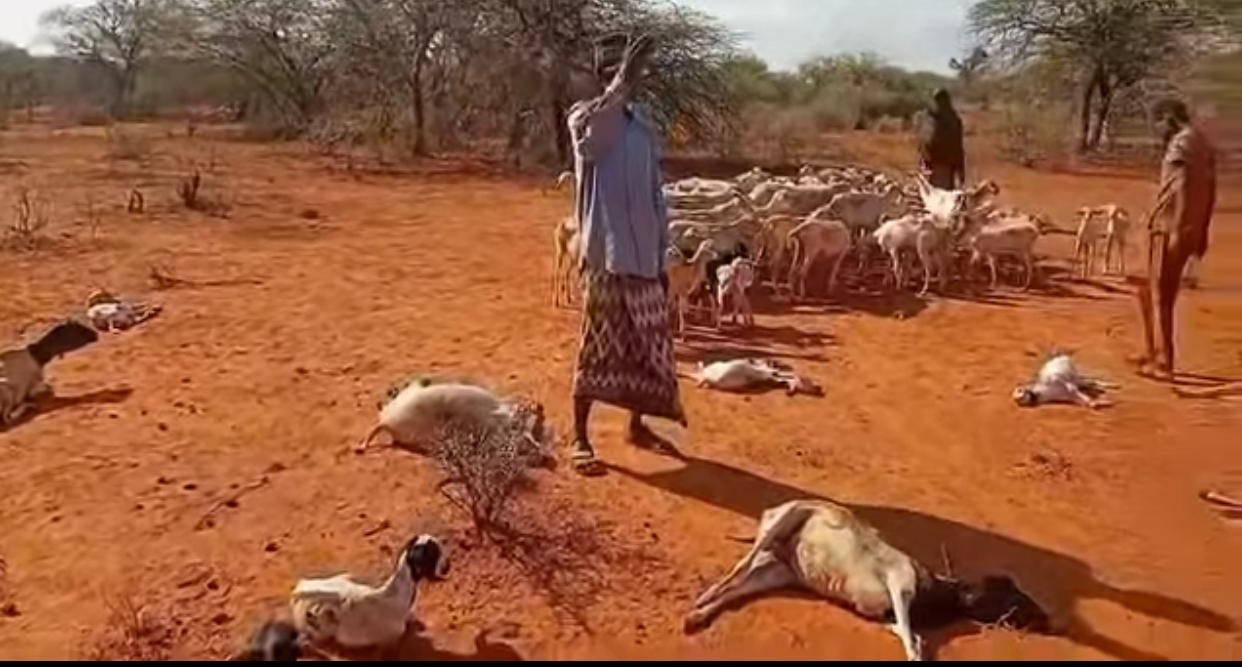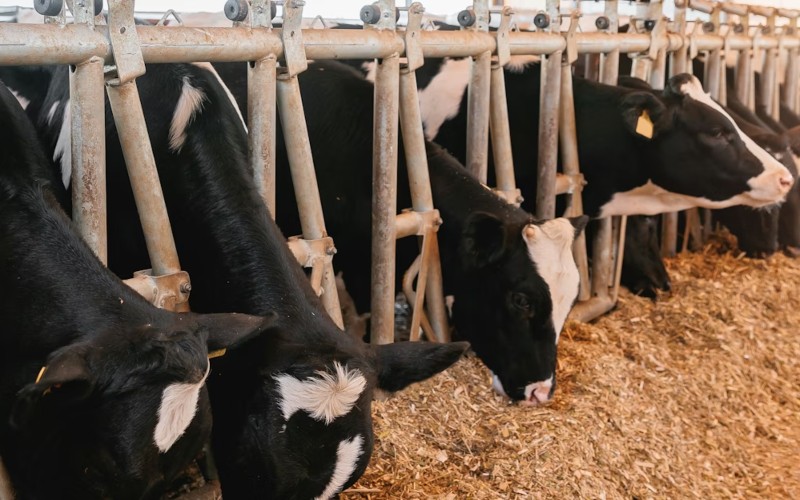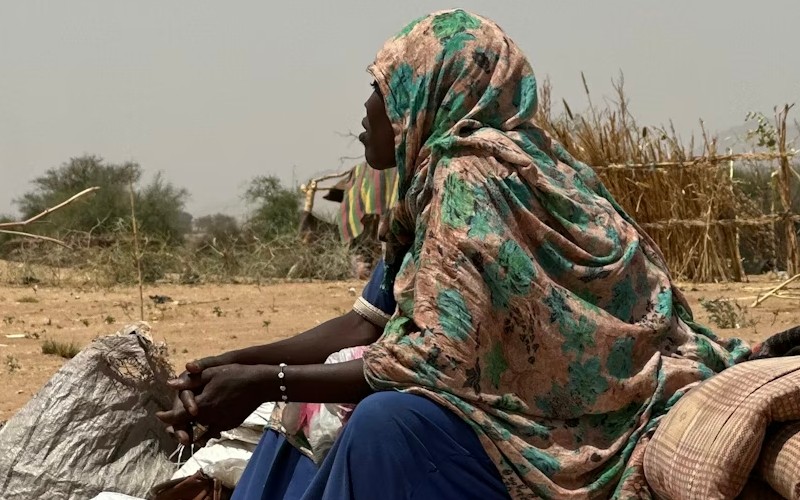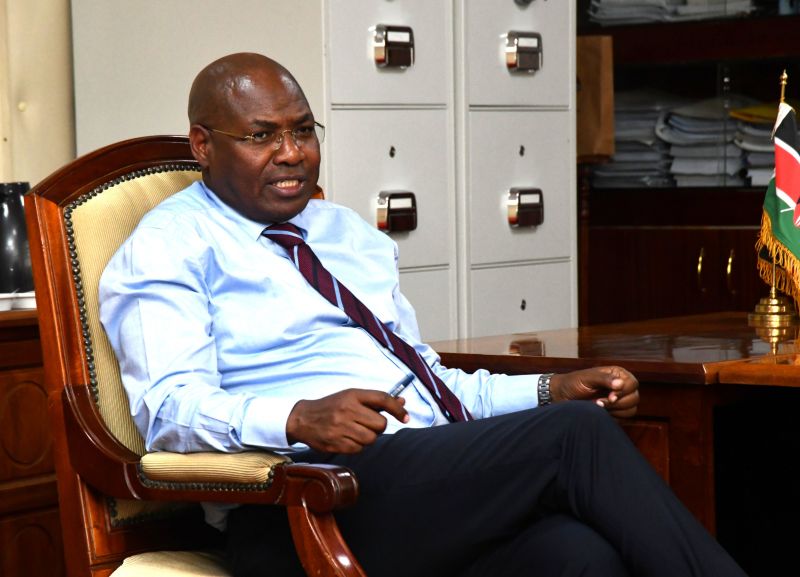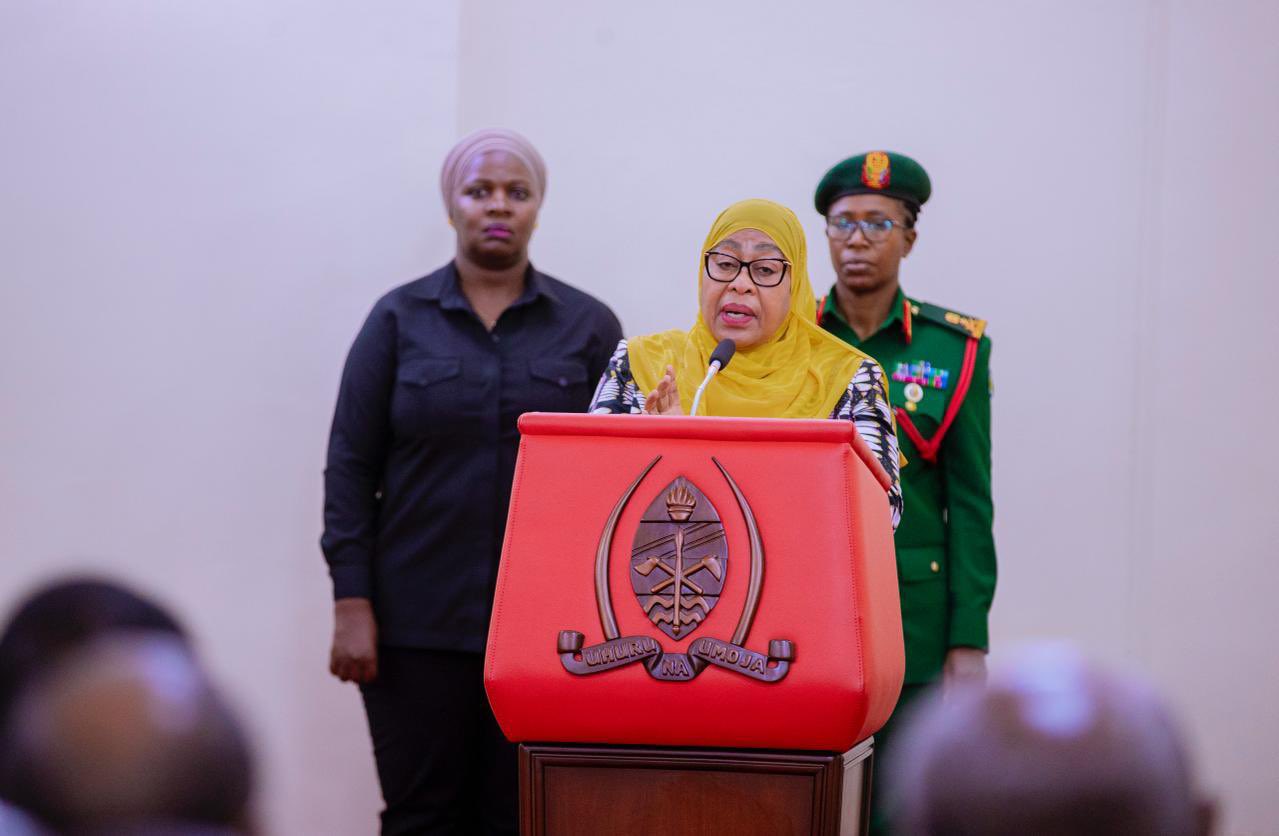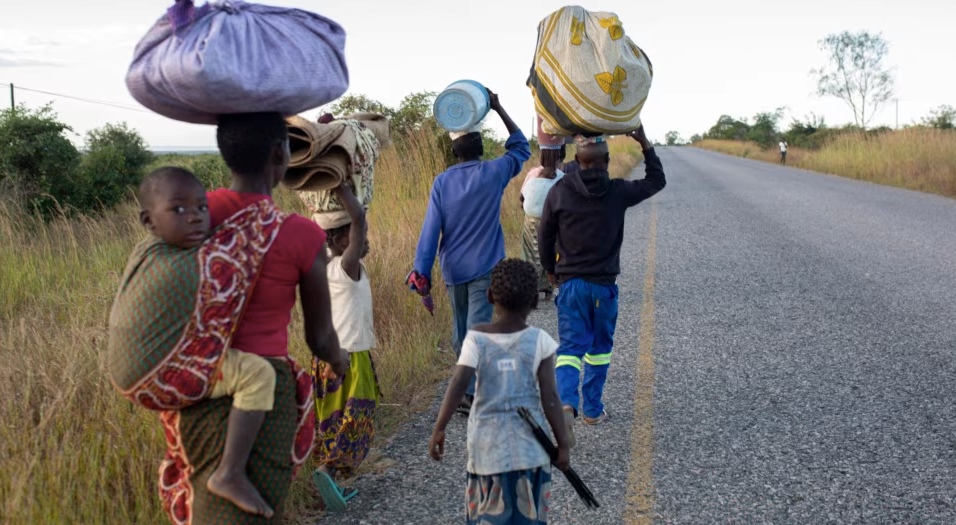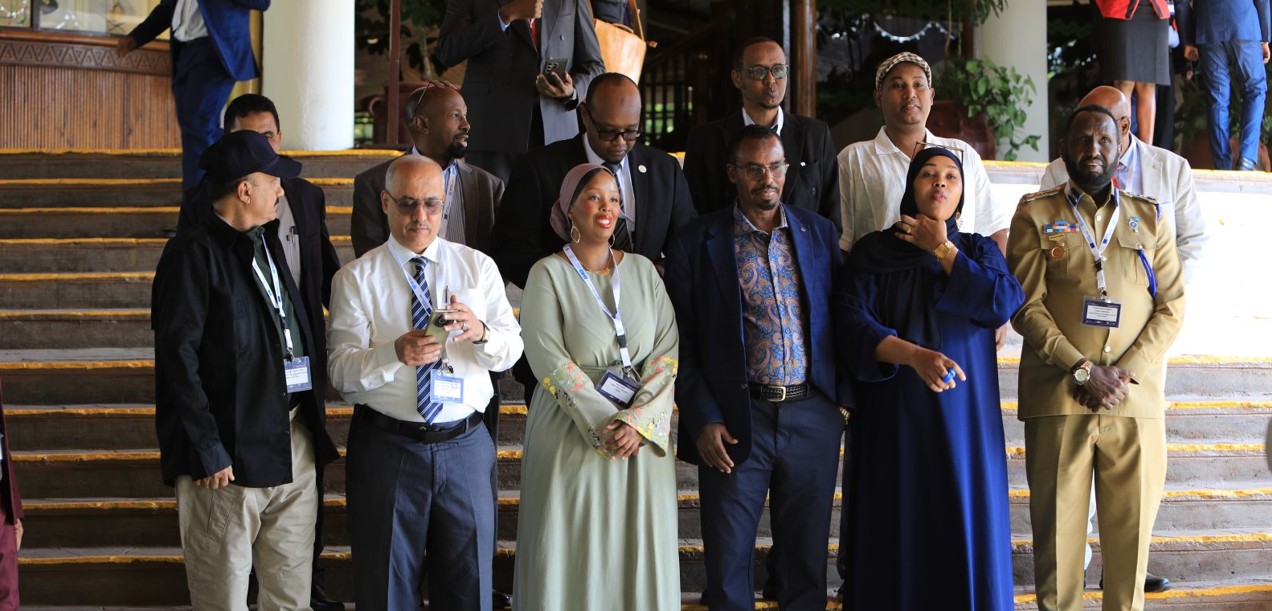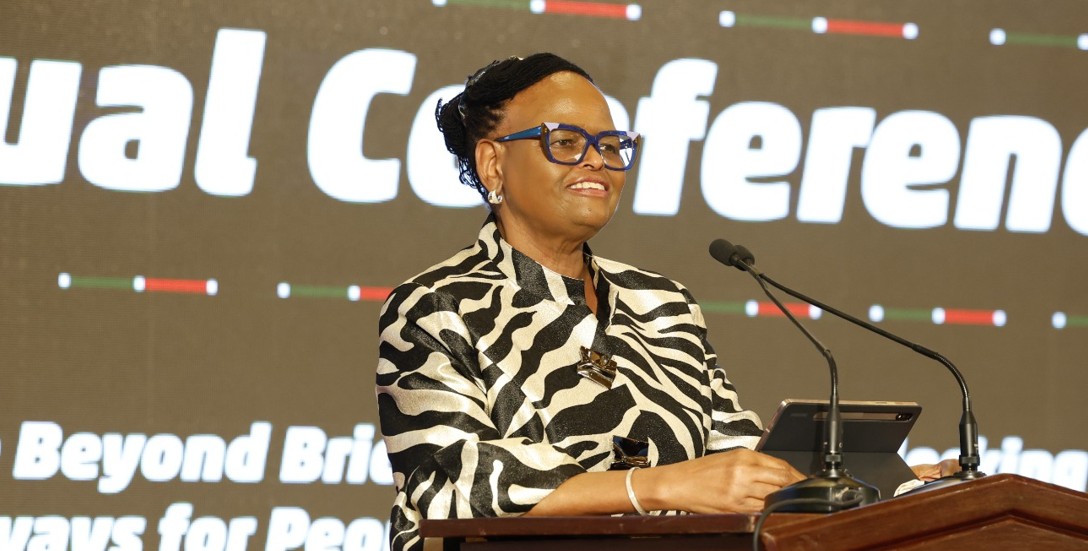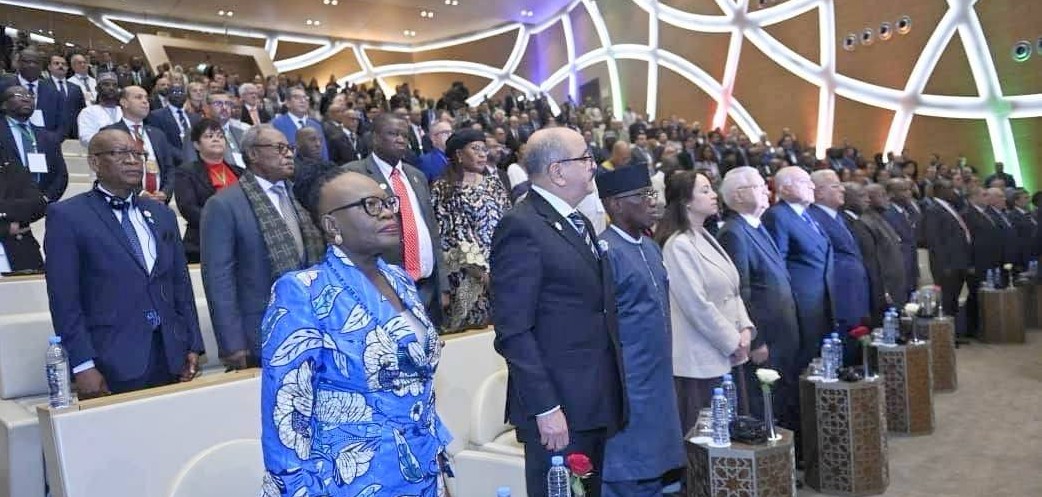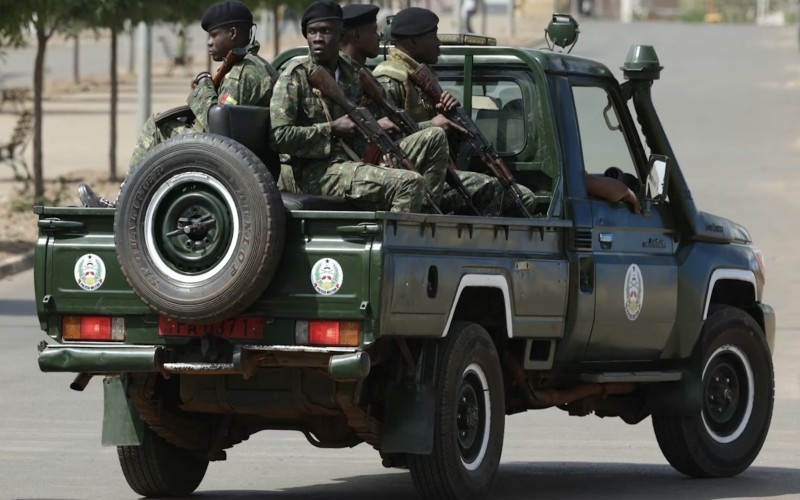Sub-Saharan Africa tops global list with 827 million people lacking adequate social protection
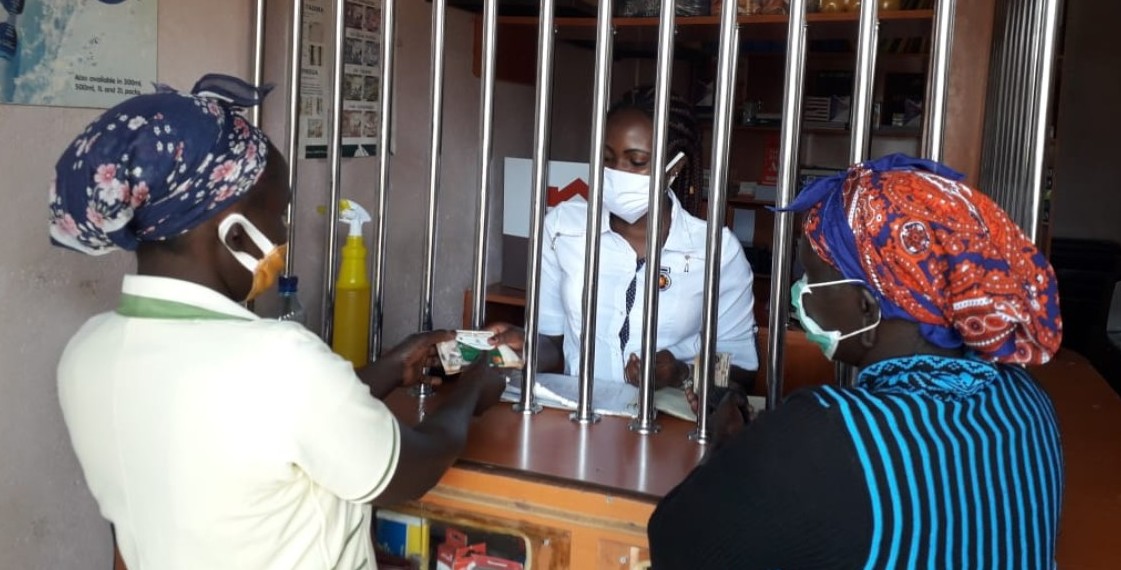
Cash transfers are among the most commonly used social protection tools designed to enhance nutritional outcomes for poor and vulnerable households.
Sub-Saharan Africa accounts for the world’s largest share of people living without adequate or any social protection, a report has shown.
Estimated at 827 million people, about 66 per cent of the region’s total population, the number represents 43 per cent of the total uncovered population globally.
More To Read
- Ruto says NSSF contributions double in two years, could hit Sh1 trillion by 2027
- State urged to add 1.4 million people to social protection scheme ahead of the 2026/27 budget
- Hope for 439,000 families as government sends Sh878.8 million in Inua Jamii support
- Africa’s rapid drone expansion promises high-tech warfare but struggles to achieve strategic results
- Government disburses Sh880 million to support orphans, vulnerable children
- China Road and Bridge Corporation, NSSF endorsed for mega Rironi–Mau Summit Road upgrade
Across the surveyed low and middle-income countries, the State of Social Protection Report 2025 by the World Bank puts the number of those inadequately covered globally at two billion.
Compared to other regions, South Asia ranks second after Sub-Saharan Africa in terms of inadequate social protection, with 423 million people, 21.7 per cent of the global uncovered population.
Following South Asia are East Asia and the Pacific (17.5 per cent), Latin America and the Caribbean (8.7 per cent), the Middle East and North Africa (5.9 per cent), and Europe and Central Asia (3.9 per cent).
Social protection refers to the set of public measures that protect individuals and families against economic and social distress, to ensure a minimum level of well-being for all.
It consists of three key pillars: social assistance, social insurance, and labour market programs, designed to help households and workers manage crises, overcome poverty, navigate life transitions, and access job opportunities.
According to the World Bank, well-designed social protection programmes have a high return on investment, support long-term human capital and economic growth, and help people become more self-reliant.
In Kenya, for instance, social protection programmes include initiatives such as cash transfer schemes for the elderly (Inua Jamii), orphans and vulnerable children (OVC-CT), and persons with severe disabilities (PWSD-CT).
They also cover contributory social security through the National Social Security Fund (NSSF), health insurance under the Social Health Insurance Fund (SHIF), and emergency food relief or support during crises like droughts.
These programmes largely aim to reduce poverty, support vulnerable populations and improve access to basic services.
Despite the grim picture, the report notes that over the past decade, low- and middle-income countries have expanded social protection to cover a record number of 4.7 billion people, a historic high.
“Coverage has increased by 10 percentage points, from 41 to 51 per cent of the population between 2010 and 2022, with significant gains among the poor in low-income countries,” the report reads.
“During the Covid-19 pandemic, emergency social protection responses reached 1.7 billion people in developing countries, demonstrating the importance of shock-responsive systems.”
Kenya’s scope
In Kenya, researchers and policy experts have recently expressed concerns that one of the social protection programs, the cash transfer scheme, is falling short in adequately supporting those in need.
Cash transfers are among the most commonly used social protection tools designed to enhance nutritional outcomes for poor and vulnerable households.
Through a joint policy paper, experts from the Kenya Institute for Public Policy Research and Analysis (KIPRA) and the Kenya National Bureau of Statistics (KNBS) argue that the current scope of Kenya’s cash transfers is insufficient to support the most vulnerable.
The paper reveals a lack of needs-based targeting in the transfers.
Offer larger payments
They suggest that if these aspects were taken into account, the initiative could offer larger payments to households with greater needs, such as those with bigger families or particular nutritional vulnerabilities.
“The cash transfer amount influences beneficiaries’ ability to purchase sufficient and diverse foods. If cash transfers are sufficient to meet the food needs, beneficiaries increase their food spending and dietary diversity by 27.8 per cent and 0.22 index scores, respectively,” the policy paper says.
It also notes that the real value of cash transfers has decreased over time because of inflation.
“This necessitates the government to adjust the transfer values in line with changing socioeconomic conditions, such as through indexation of the Consumer Price Index (CPI).”
Top Stories Today
